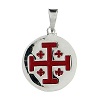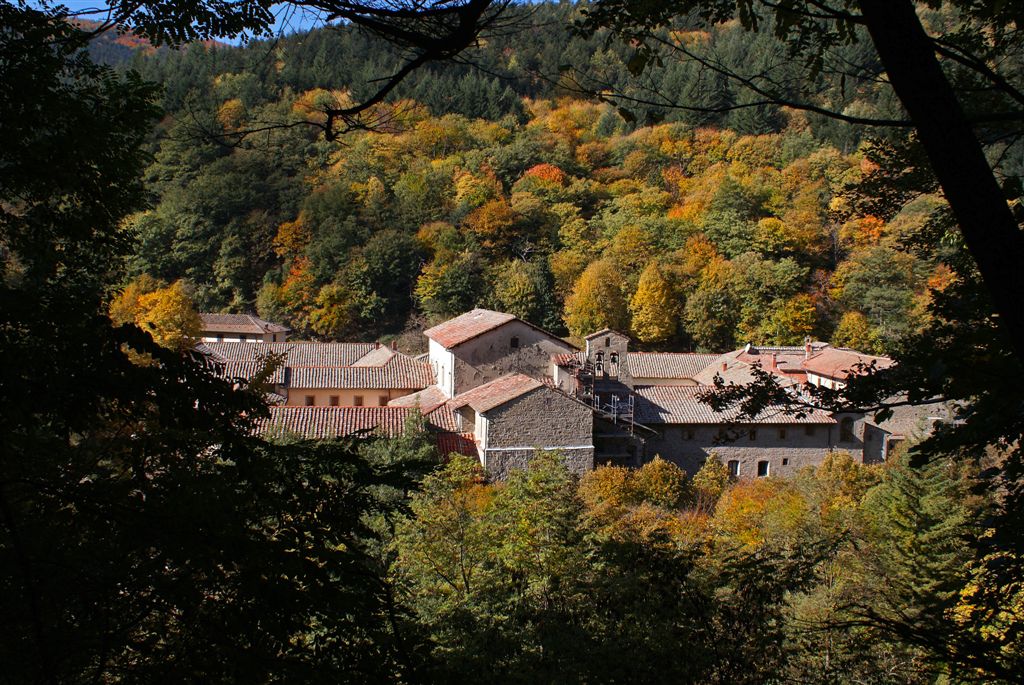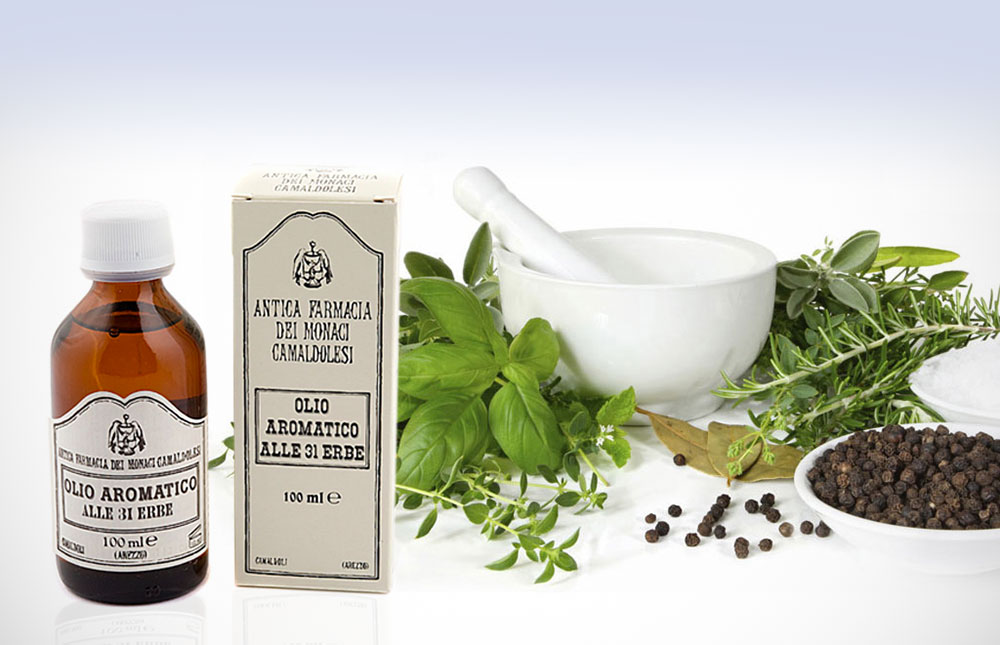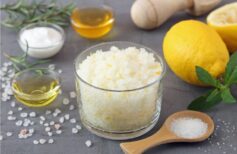What is the history of Jerusalem nard oil? For what applications can it be used? Here are all the answers!
Contents [hide]
History of the oil of nard
The history of nard oil as a balsamic ointment and perfume is millenary. Already in ancient Egypt it was produced and used: the most ancient testimony of use comes from amphoras found in some Egyptian tombs. It is obtained from the nard plant and has a characteristic, sweet and spicy scent. The rhizome of Nardo is distilled in an amber essential oil intensely aromatic, and very dense. It is one of 11 herbs used as incense in the Temple of Jerusalem, according to the composition described by the rabbis of the Talmud. In ancient times it spread to the Middle East and was considered valuable, an ointment of the highest value. It is now known as a typical product of Israeli perfumery. Given the close link with Judaism, Christianity and the city of Jerusalem, Jerusalem nard oil is known in different parts of the world.
Nard oil as it is used and benefits
Nard oil was used to grease and rub the body already in ancient times. It has numerous benefits when used as body oil: it has calming properties, lowers blood pressure, and can be used as a massage oil and antiseptic. Its natural composition and intense scent make it particularly suitable for aromatherapy and use in the scent of environments. The aroma of nard, like other essential oils, promotes breathing.
Even without considering the beneficial properties, it can be a great choice for the scent of the house or the environment. The oil should be diluted in water and, as for other essences, it is necessary to have burner-essences that make the solution evaporate slowly. The scent thus spreads into the environment.
The aroma of nard is very recognizable and can also be familiar in the form of incense, also used for the scent of the rooms and for liturgical purposes. Incense has specific uses and meanings in the liturgy: we talked about it in an article on our blog.

The different uses of incense
Incense has always been linked to the idea of the sacred, and the divine. Since the earliest times, its use has been attested in ancient…
The nard in the Bible
The perfume of nard is a recurring theme in the Bible. The value of nard oil was very high: almost as high as the annual salary of an average worker.
He is mentioned in the Song of Songs as a symbol of the faithful, pure and without measure love between the Bride and the Bridegroom. Also in the Gospels of Matthew, Mark and John is reported an episode, very well known, related to nard and its value. During a dinner, not long before the days of the Passion, a woman anoints Jesus with spikenard oil, breaking the alabaster jar that contained it. In Matthew and Mark, the woman is anonymous and anoints the head of Jesus; in John, she is identified as Mary of Bethany and anoints the feet of Christ, bathes them with tears and dries them with her own hair.
Precisely because of the high economic value of the ointment, this gesture is frowned upon by the diners: the precious oil could have been sold to obtain money to give to the poor. Jesus, instead, recognizes the greatness and goodness of the woman’s gesture. Breaking the jar of nard, so precious, and “wasting” the oil for one person is a symbol of the love without measure that Jesus has for his faithful and that we are called to have for him. It is the symbol of love to the point of giving life.
Another meaning linked to the anointing of Jesus is precisely the anticipation of his death. In fact, in the time of Jesus, it was common practice to anoint the bodies of the dead with scented oils for burial (women go to the tomb to do this, after the death of Jesus, and thus discover that he has risen). The gesture of the woman thus foretells the Passion and death of Jesus.
Perfumed oils in the liturgy
The episode of the anointing of Jesus is often taken as a reference talking about the holy oils, which are blessed during the Holy Chrism Mass on Holy Thursday. This celebration resumes the episode of the woman who anoints Jesus during the supper and not by chance precedes the Mass in Cena Domini on Holy Thursday, in which another supper is remembered: the Last Supper, during which the institution of the Eucharist and the Washing of the Feet take place.
The sacred oils used in the liturgy are three: the Chrism, the Oil of the Catechumens and the Oil of the Sick. The Chrism is the scented oil used in Confirmation, and Baptism, for ritual anointing during the ordination of priests and bishops and for the consecration of sacred places. The Oil of the Catechumens is used in Baptism. The Oil of the Sick is used to administer the sacrament of the Anointing of the Sick.

Perfume of nard: the spirituality of the Order of the Holy Sepulchre
Within the Church, the episode of Jesus’ anointing by Mary of Bethany has been taken up as a reference to the spirituality of the Order of the Holy Sepulchre. The Equestrian Order of the Holy Sepulchre of Jerusalem is an institution of the laity that aims to help the works of the Catholic Church in the Holy Land and support the Christian presence in the territories of the people of Israel and the life of Jesus. Their spirituality is compared to Mary’s action: the Order is concerned with anointing the Body of Christ today, that is, the Church, as the woman did with the Body of Christ in life.

Who would have thought that behind a simple scented oil there was such a deep meaning?
































